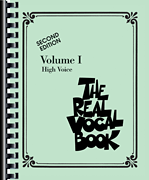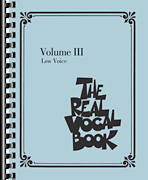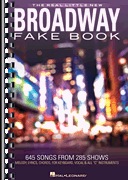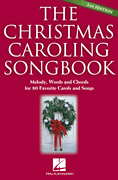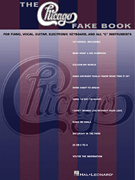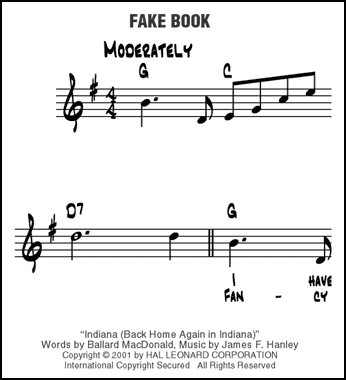Fake Book Series
Loading...

Fake books give you just what you need to 'fake' your own version of a song: lead sheets with melody, lyrics and chords. Hal Leonard has dozens of fake books for all musical genres to ensure you can play the music you want or need to play!

